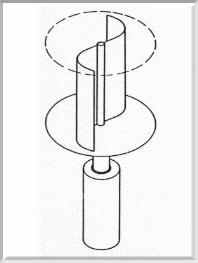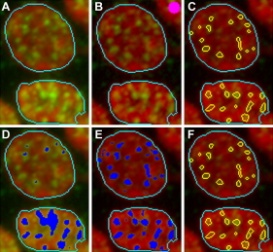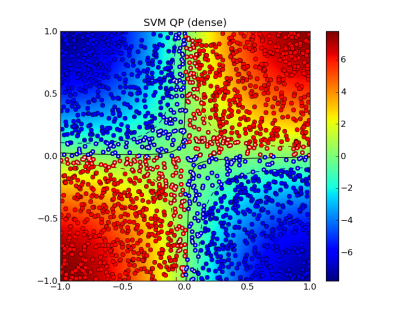Potential of Wind as an Alternative Energy in Perlis
The world has started to come to the realization that Mother Earth is slowly but surely running out of natural resources and therefore efforts have been doubled by scientists and researchers in seeking alternative energy resources to continue sustaining our lives on this earth.
One potential renewable energy source that has been developed rapidly since the late 1970s is wind power, which is generated through the creation of wind turbines. Capable of producing clean energy, without needing any fuel transport that are harmful to the environment, the wind, along with the sun and running water, are all sources of renewable energy. This is in contrast to coal, oil and gas, which rely on fossil fuels from mines or oil and gas fields that will one day run out of supply.
 Modern wind turbines are efficient, reliable and produce power at reasonable cost. As such, it has created a market for renewable energy as well as development in research. One of the developments is the technology in wind turbine. The control system have become cheaper and more advanced, new rotor blades which can extract more power from the wind were created, and the invention of new power electronic equipment makes it possible to use variable speed and to optimize the capacity of the turbines. In just a few decades, wind power has developed into a fast growing industry which no longer needs subsidies and is able to manufactures wind turbines that produce power at competitive cost.
Modern wind turbines are efficient, reliable and produce power at reasonable cost. As such, it has created a market for renewable energy as well as development in research. One of the developments is the technology in wind turbine. The control system have become cheaper and more advanced, new rotor blades which can extract more power from the wind were created, and the invention of new power electronic equipment makes it possible to use variable speed and to optimize the capacity of the turbines. In just a few decades, wind power has developed into a fast growing industry which no longer needs subsidies and is able to manufactures wind turbines that produce power at competitive cost.
This paper plans to show the principle of work of vertical axis turbines, which is one of the several types of wind turbines available on the market, as well as to evaluate the potential of wind energy in Perlis.
The energy conversion process of wind energy using wind turbines includes the rotation of blades that convert the wind energy into rotational mechanical energy on the shaft and to an electric generator. There are several different design concepts for wind turbines. One basic classification is the Horizontal Axis Wind Turbines (HAWT) and Vertical Axis Wind Turbines (VAWT). Vertical axis wind turbines are a type of turbine where the main rotor shaft runs vertically. The advantages of VAWT compared to the horizontal axis type of turbine are its simple construction, the lack of necessity of over speed control, the acceptance of wind from all directions, the limitation in mechanical design due to the control system and the electric generators that are set up statically on the ground.
 In general, there are two distinctive types of VAWT, namely the Darrieus and Savonius types. For the Darrieus, there are three common blades which are Squirrel Cage Darrieus, H-Darrieus and Egg Beater Darrieus. The speed of wind speed for this paper is modeled using the Weilbull distribution.
In general, there are two distinctive types of VAWT, namely the Darrieus and Savonius types. For the Darrieus, there are three common blades which are Squirrel Cage Darrieus, H-Darrieus and Egg Beater Darrieus. The speed of wind speed for this paper is modeled using the Weilbull distribution.
|
|
Darrieus wind turbine |
Savonius wind turbine |
|
Advantages |
|
|
|
Disadvantages |
|
|
Another aspect of wind energy that this paper is looking into is the potential of utilizing wind turbines in the state of Perlis. According to Malaysian Meteorological Department, wind over this country is generally light with some periodic changes.
There are four seasons in Malaysia, namely the southwest monsoon, northeast monsoon, and two shorter period of intermoonsoon season. But, in Perlis, due to its close proximity to Thailand, the tendency is to the tropical monsoon season. The month of April, 2011 was chosen as the period of study for this paper.
The conclusion garnered from this paper is that the state of Perlis has the potential in developing the wind energy system. On the other hand, through the recording data from the use of vertical axis wind turbines, the results shows that this type of wind turbine is the most suitable to be used in Perlis as the wind speed in this state is low.


